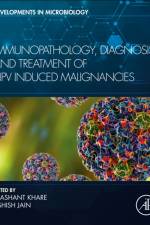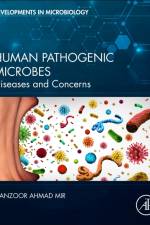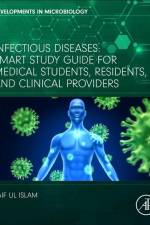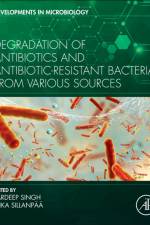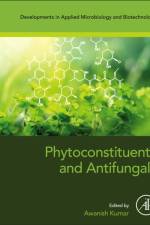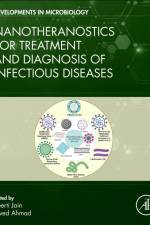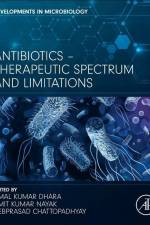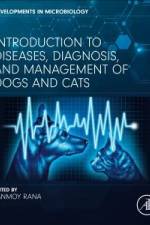av Tanmoy Rana
1 769
Introduction to Diseases, Diagnosis, and Management of Dogs and Cats offers an informative and practical resource for an in-depth understanding of the full range of clinical and infectious diseases that occur in dogs and cats. It provides systematic coverage on the pathogenesis of disease, disease manifestation, diagnosis, treatment, therapeutic management, and prevention. Organized into three main sections, the book begins with an overall introduction and general discussion on the diagnosis and management of clinical and infectious diseases. This section examines the biological systems of dogs and cats, covers clinical examinations and diagnosis methods, specimen collection, nutritional strategies, and health maintenance. Section 2 goes on to discuss a range of clinical diseases that can affect the health of dogs and cats which includes diseases that impact major systems in the body like the cardiovascular, respiratory, gastrointestinal, reproductive, endocrine, nervous, and urinary systems to name a few. It also delves into autoimmune conditions, behavioral orders, and common toxicological phenomenon that occur in dogs and cats and offers strategies for pain management and therapeutic drug intervention. Section 3 rounds out the book with coverage of bacterial, fungal, viral, and parasitic infectious diseases. It explains the pathogenesis of disease, evaluation of the disease, identification of the pathogens and their severity to animals, disease manifestation in the animal, and preventive and treatment strategies to counteract the etiopathogenesis caused by several types of pathogens. With contributions from experts in the field, Introduction to Diseases, Diagnosis, and Management of Dogs and Cats features the latest advanced veterinary research for researchers, clinicians, and students engaged in researching and treating diseases in dogs and cats.


